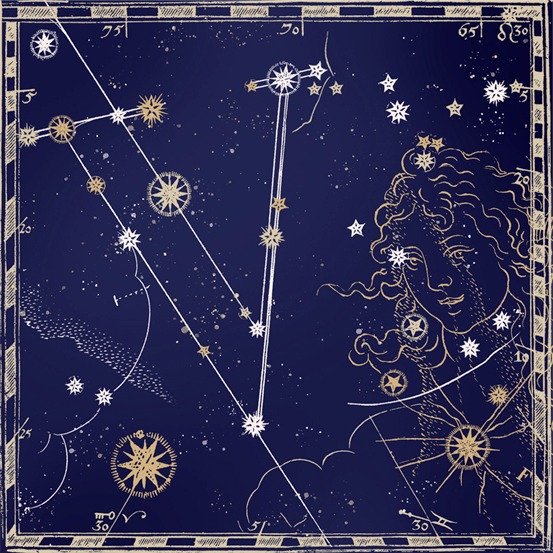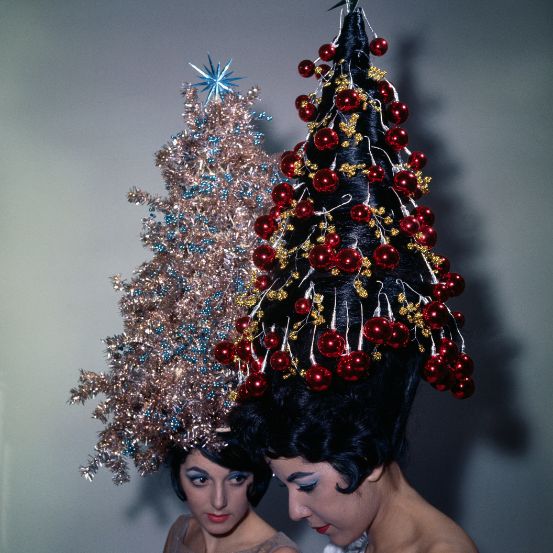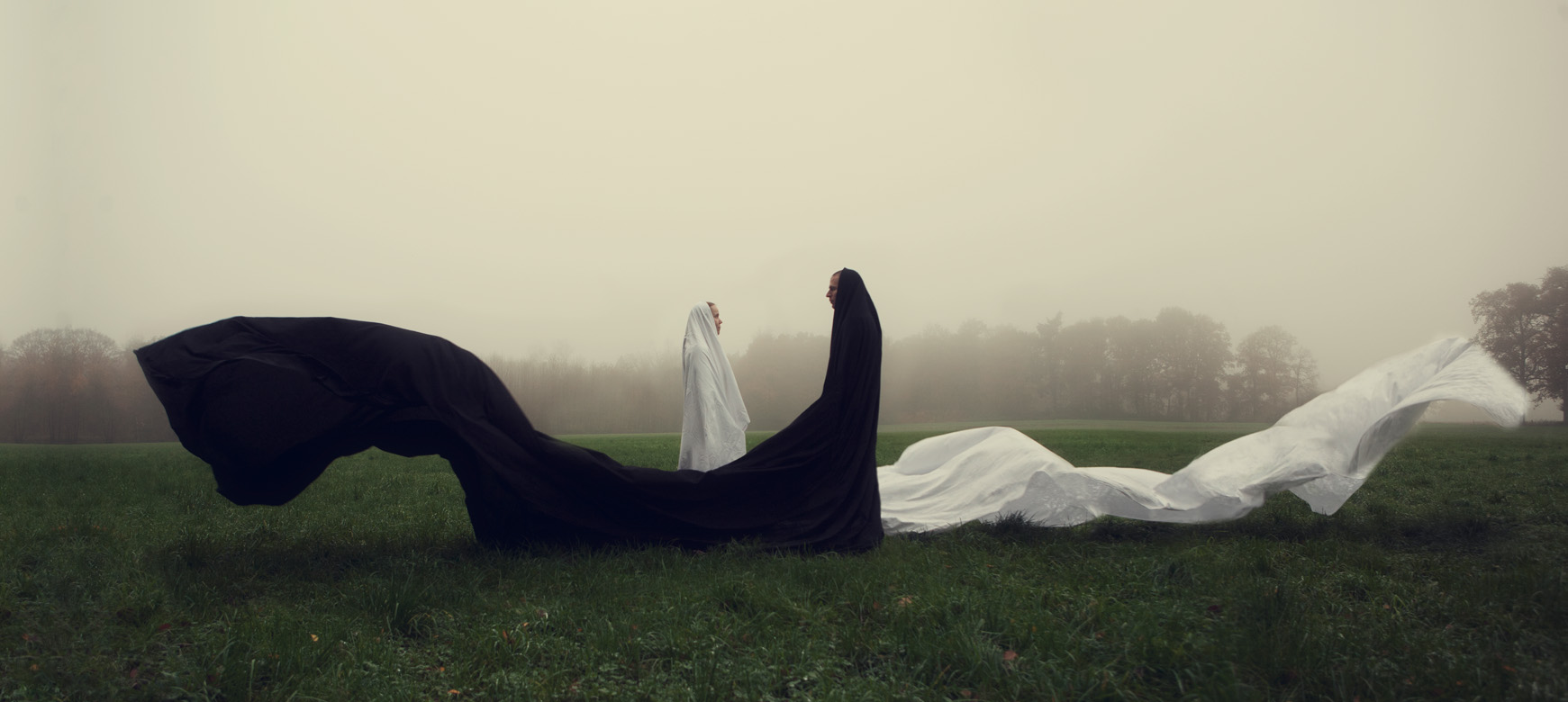There is a certain fascination in the juxtaposition of black and white - two colors that seem to be cosmic opposites, but which are closely intertwined in the worlds of mysticism and the supernatural. Black, the color of the night and the occult, whispers of the unknown, while white - luminous but ghostly - both shadows the imagination and exudes an infinitely lighter aura.
When the light goes out, what's left? Black, at its core, has always been the color of the unknown, the mysterious and the mystical. Deeply intertwined with the occult and the supernatural, symbolizing the unknowable and the intangible, it was considered the color of witches, sorcery and the enigmatic power that transcends understanding. Nightfall, especially in ancient Eastern civilizations, brought with it the fear of what could not be seen, it was an invitation to the imagination to scenarios full of often frightening possibilities. This feared darkness also involved women who lived on the margins of society: witches. It is unclear why these guardians of secrets and knowledge that were as feared as they were desired were depicted wearing black, but the most likely explanation is linked to notions of power, protection and resistance. Wearing this hue almost like armor, they faced a patriarchal society that feared them for their wisdom, but also desired them for the power they symbolized. In fact, black had a kind of protective dimension because its ability to absorb energy transformed it into an invisible shield that protected against negativity, as if its very mystery had the power to hide what is inside, offering a refuge from the feared outside.
Today, the fascination with the hue remains as irresistible as ever. From the catwalks, where black dominates as a synonym for timeless sophistication, to the imagination of fashion designers such as Gareth Pugh or Rick Owens, “Lord of Darkness”, black retains its status as a color of power, mystery and individuality. In fashion, it transforms those who wear it: a simple black look can be both seductive and untouchable, daring or demure, depending on who wears it and how. In a world that constantly demands visibility, this color offers the opportunity to preserve mystery, as a reminder that not everything needs to be exposed, clear or explained. Yohji Yamamoto, the undisputed master of fashion, perhaps summed up this idea perfectly: “Black is modest and arrogant at the same time. Black is lazy and easy - but mysterious. Above all, black says: 'I don't bother you - you don't bother me'.” In the eternal emptiness of darkness and its possibilities, who knows if we might not be some kind of modern witches who still wear black religiously and walk around armed with a tarot deck in their bags and two or three crystals in their pockets, just in case - after all, independence, wisdom and insight were once heresy and led to persecution.
In contrast to deep black, white appears as the mirror opposite, carrying its own symbolism. White is serenity, innocence and honesty, but, like black, it carries layers of meaning behind its simplicity. Since the 19th century, when Queen Victoria popularized the white wedding dress, this color has come to symbolize purity and new beginnings in the West. At times of personal renewal, such as christenings or religious ceremonies, white is still the color that purifies, that brings clarity and light. But, curiously, this tone also lives in paradox: if, on the one hand, it symbolizes this candour and its beauty, on the other, it connects us to the supernatural. In popular imagination, ghosts appear wrapped in white, like ethereal figures floating between worlds. This representation is actually rooted in a practice from medieval times in Europe: the dead, because they couldn't afford a coffin, were buried covered in shrouds or white sheets, and this was the costume that accompanied them on their passage to celestial life. In theater, years later, ghosts began to be depicted dressed like this and this representation has remained forever in our imagination. For different reasons, in certain Eastern cultures, white is precisely the color of mourning and represents the journey of the soul in the transition between life and death. In contrast to Western culture, which perceives death as deep and eternal darkness, this symbolism reflects a connection with the transcendent as a kind of door that opens onto the unknown and fills it with light.
So opposite and complementary, black and white reveal themselves as mirrors of our own dualities. While one invites us to embrace mystery, introspection and the invisible power that resides in darkness, the other leads us to clarity, purity and transcendence. Both coexist in our imagination, representing equally necessary forces: the hidden and the revealed, fear and serenity, death and rebirth. Goethe, a German author, said that “light and darkness, brightness and obscurity, or if a more general expression is preferred, light and its absence, are necessary to the production of color… Color itself is a degree of darkness.” and this duality has within it all the Pantones of the universe. In fashion, art, spirituality or everyday life, these colors go beyond their aesthetic functions to become symbols of who we are and how we navigate the unknown, be it light or frightening. Perhaps, in the end, the fascination with both shades lies precisely in reminding us that we are made of light and shadow, and that true understanding comes in the balance between the visible and the invisible, the concrete and the mystical, the black and the white.
Originally translated from The Mystery Issue, published October 2024. Full credits and stories are in the print issue.
Most popular


Relacionados
 (14).png)






 (15).png)